An Italian icon of modularity & modern life
When renowned Italian architect and design maestro Mario Bellini first conceived the Amanta Sofa in 1966, he did more than introduce a new piece of furniture; he helped redefine how interiors could shape social life. With its modular, low-slung silhouette and sculptural clarity, Amanta offered a bold alternative to the conventions of its time, inviting new ways of gathering, lounging, and living together. Now, almost six decades later, HAY reissues the Amanta Sofa for a new generation, updating its materials while preserving its spirit – a testament to the enduring relevance of Bellini’s approach to design.
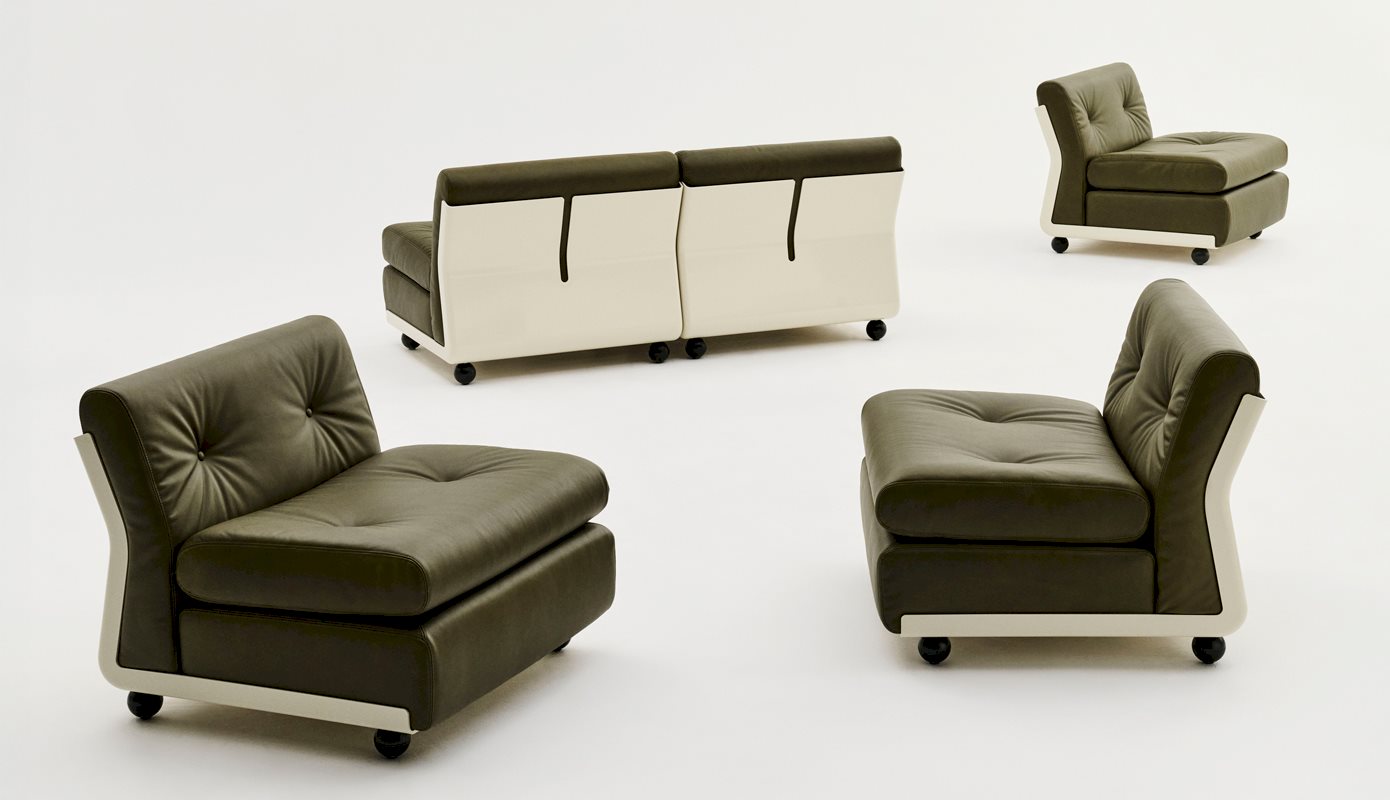
In line with Amanta's reissuing, HAY turned to Marco Sammicheli, Curator of the design, fashion, and crafts sector at Triennale Milano and Director of Museo del Design Italiano, to reflect on Bellini’s impact and the cultural moment that gave rise to Amanta.
Breaking the Mold: Amanta in the 1960s
In the late 1960s, a period of social liberation and creative experimentation swept across Italy. Bellini’s Amanta emerged from this energy, challenging traditional domestic archetypes with an adaptable seating system defined by floating cushions and a seamless shell. Radical for its time, Amanta marked a departure from convention – not only through its fluid use of industrial materials such as fibreglass, which reflected the technological optimism of the era, but in how it transformed the act of sitting itself, encouraging informal, communal living.
In Sammicheli’s words, ‘Amanta wasn’t just ahead of its time – it helped shape the era in which it was created.’ Today, the Amanta remains as socially functional as ever: a design that invites movement, conversation, and flexibility.
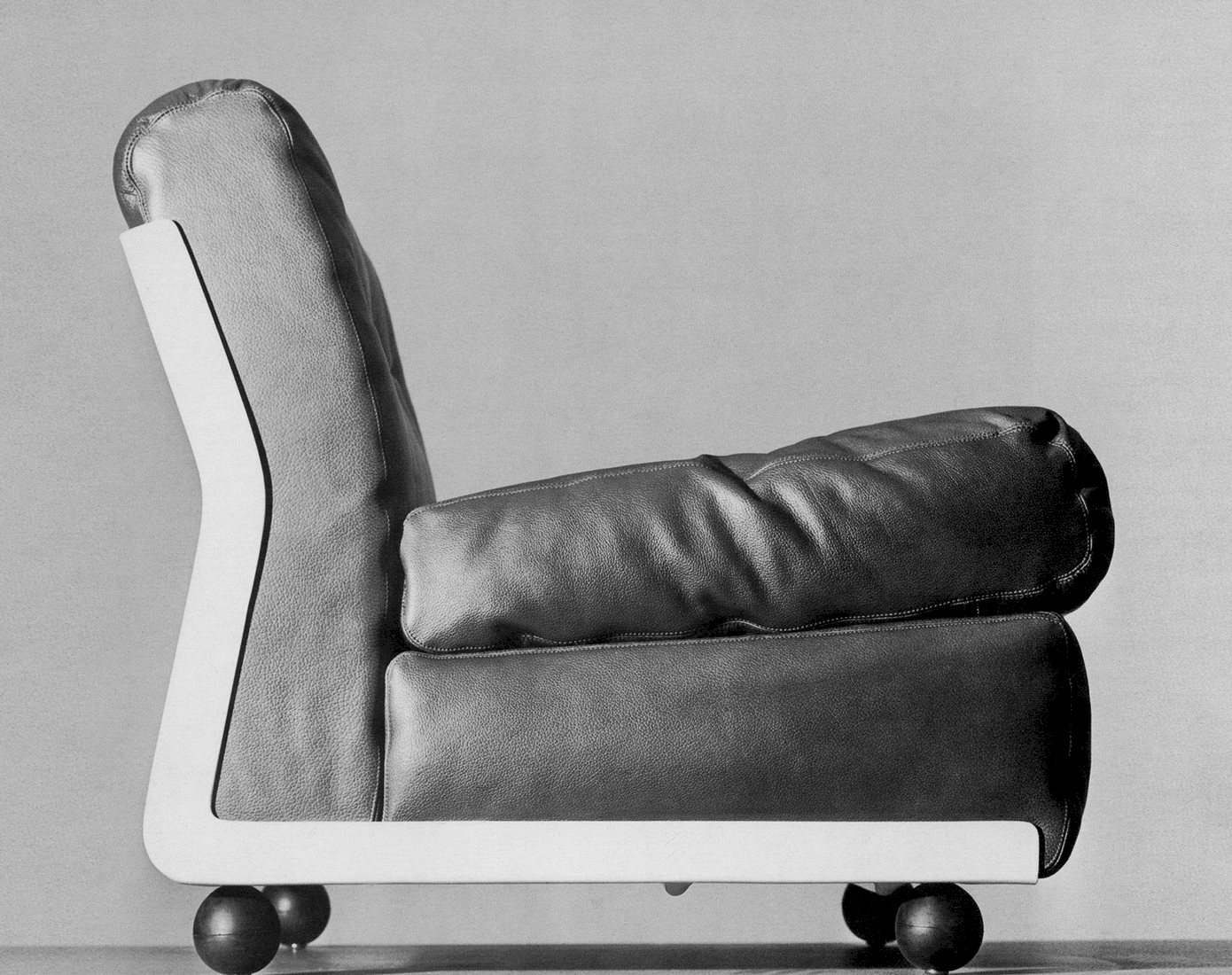
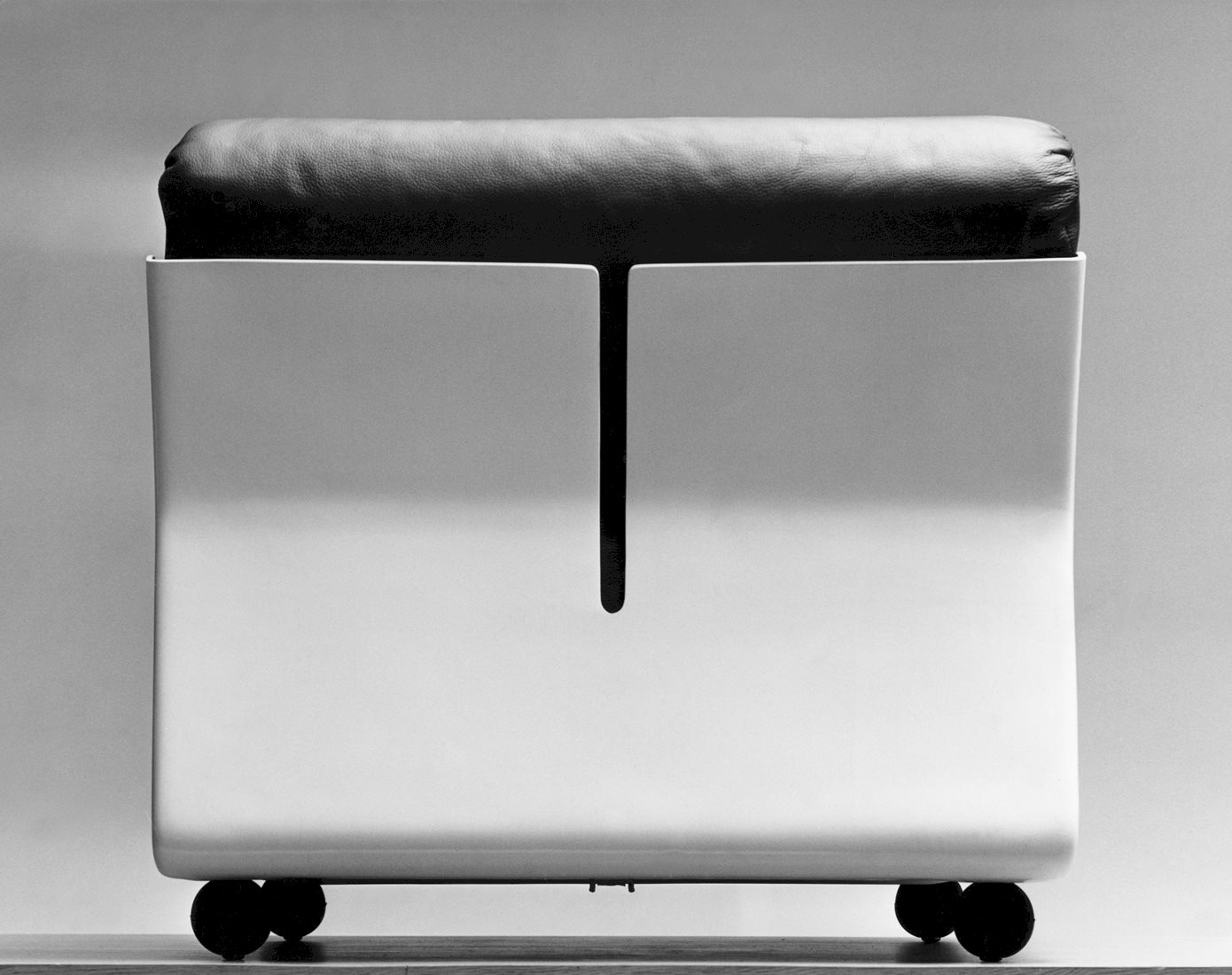
Design DNA: Inspirations and Innovations
Bellini’s design methodology was anything but conventional. As Sammicheli explains, Bellini absorbed the modernist principles of Swiss-French architect and designer Le Corbusier by removing visible metal frameworks in favour of integrated, softer constructions. For Amanta, he drew upon the structural logic of German-American architect Ludwig Mies van der Rohe’s Barcelona Chair, creating a modular system that could adapt effortlessly across different environments.
The result was a sofa that merged architectural precision with ergonomic comfort – a hallmark of Bellini’s broader vision: design that serves behaviour as much as aesthetics.
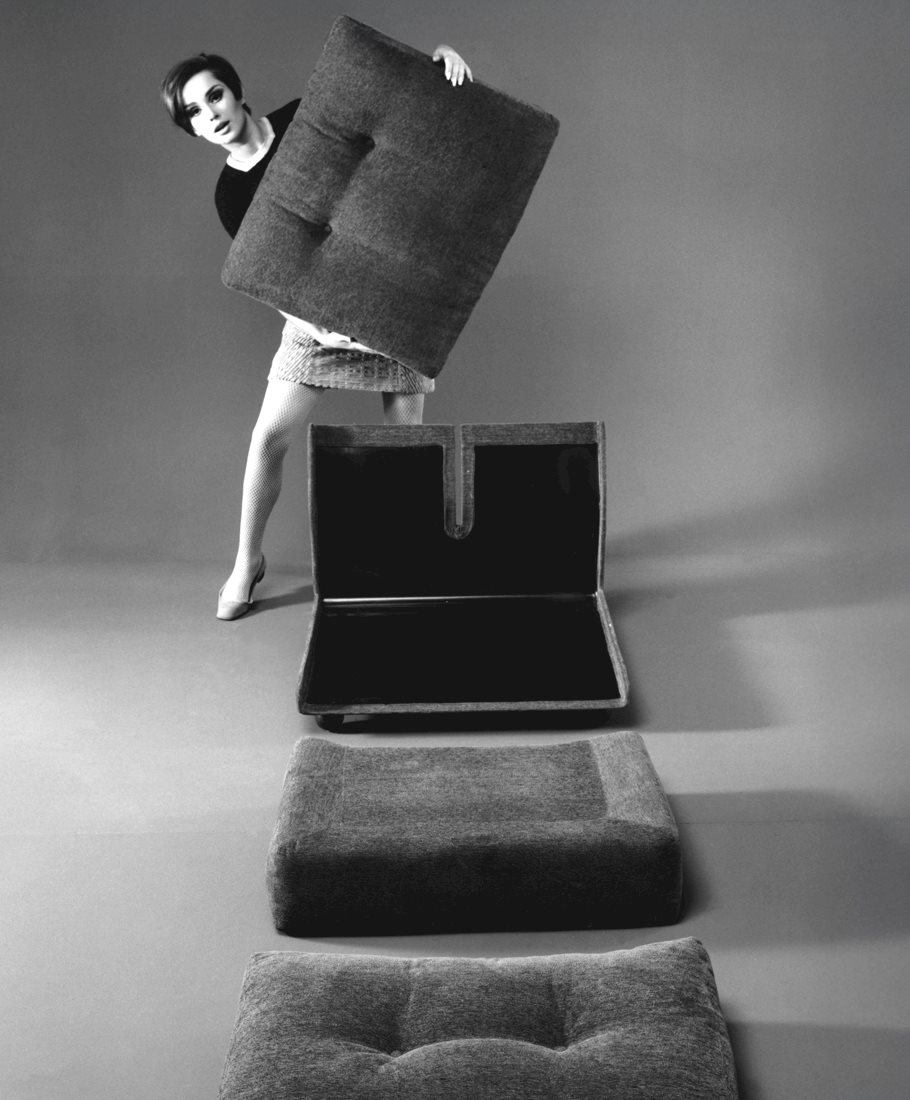
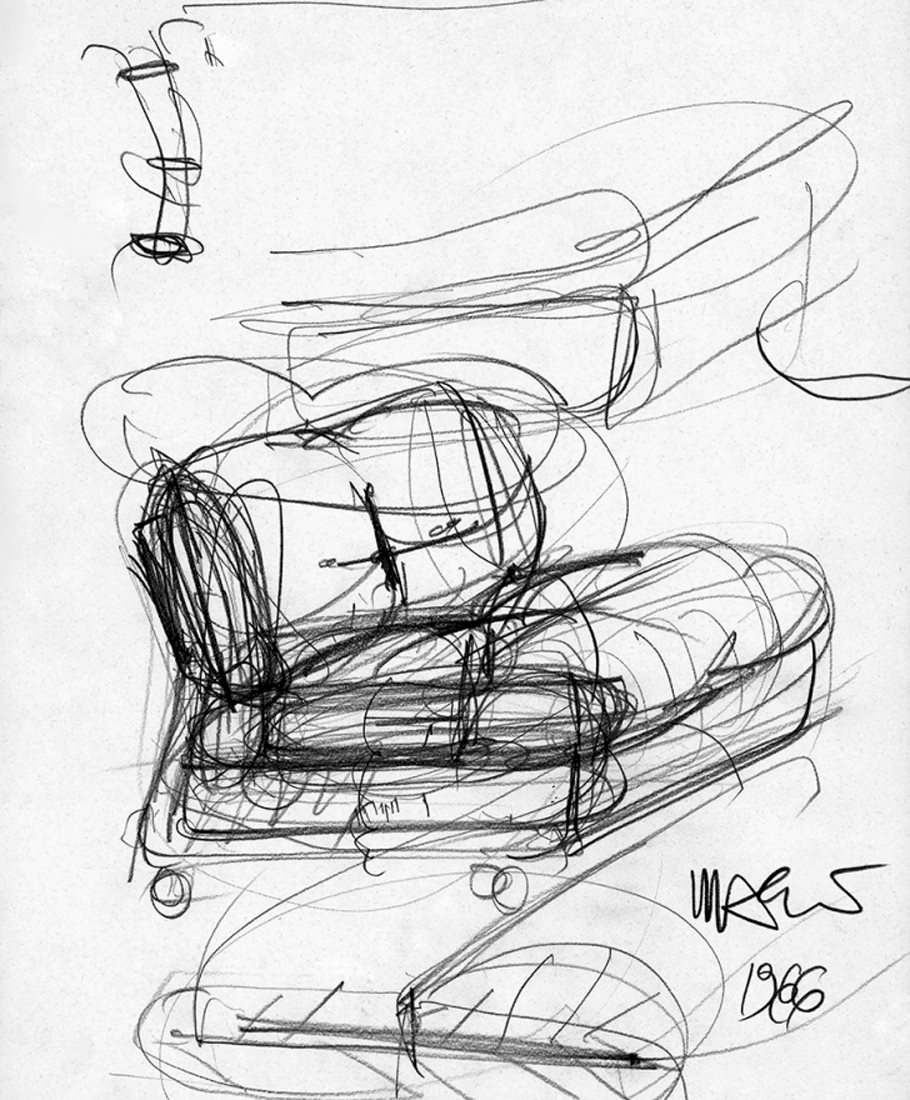
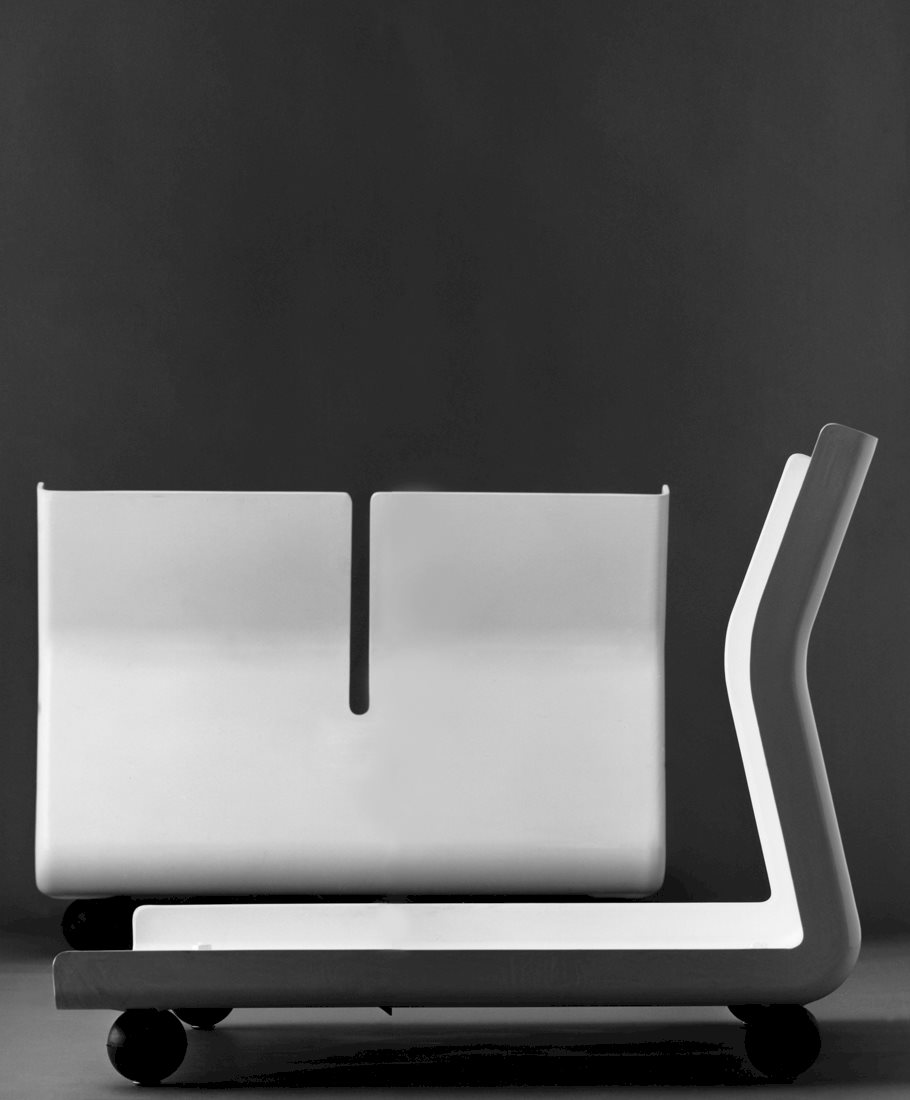
Mario Bellini: A Designer Beyond Boundaries
Born in Milan in 1935 and trained as an architect, Bellini blurred the lines between disciplines from the start of his career. Coming of age in post-war Italy, he was part of a generation of designers and architects who sought to rebuild not only structures but ways of living – using design as a tool for cultural renewal.
This wide-ranging vision shaped Bellini’s creative process. His kaleidoscopic mind drew freely from art, architecture, history, and nature, crafting objects that were simultaneously functional and emotionally resonant. ´This is a quintessentially Italian approach,´ says Sammicheli. ´Like a modern Leonardo da Vinci, Bellini treated the world around him as a boundless source for design.´ It is this restless cross-pollination that made his designs – like Amanta – so richly layered and culturally enduring.
Bellini was deeply attuned to the rhythms of everyday Italian life, continually drawing from them in his work. ´He wanted to have a role in the everyday life of as many people as possible,´ Sammicheli remarks – an ambition reflected in the intuitive, social spirit of the Amanta Sofa, as well as his other renowned designs and architectural projects.
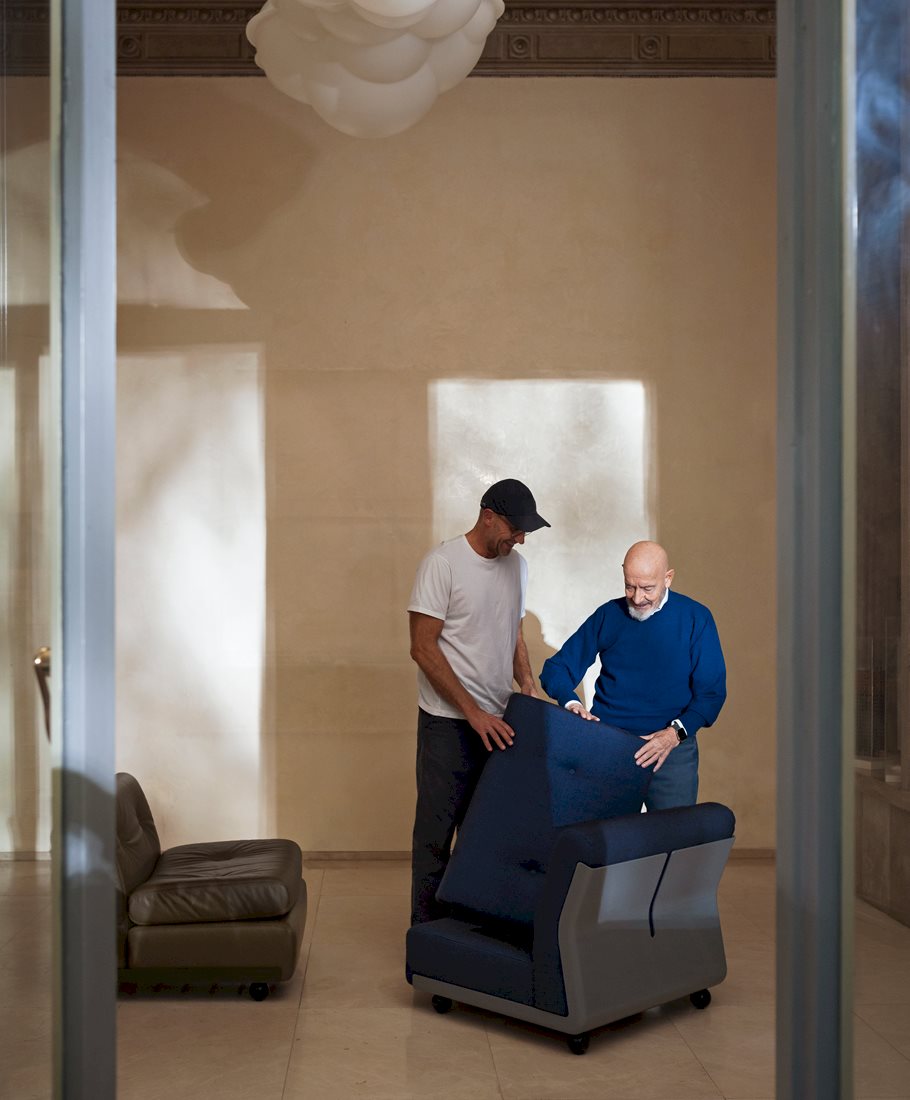
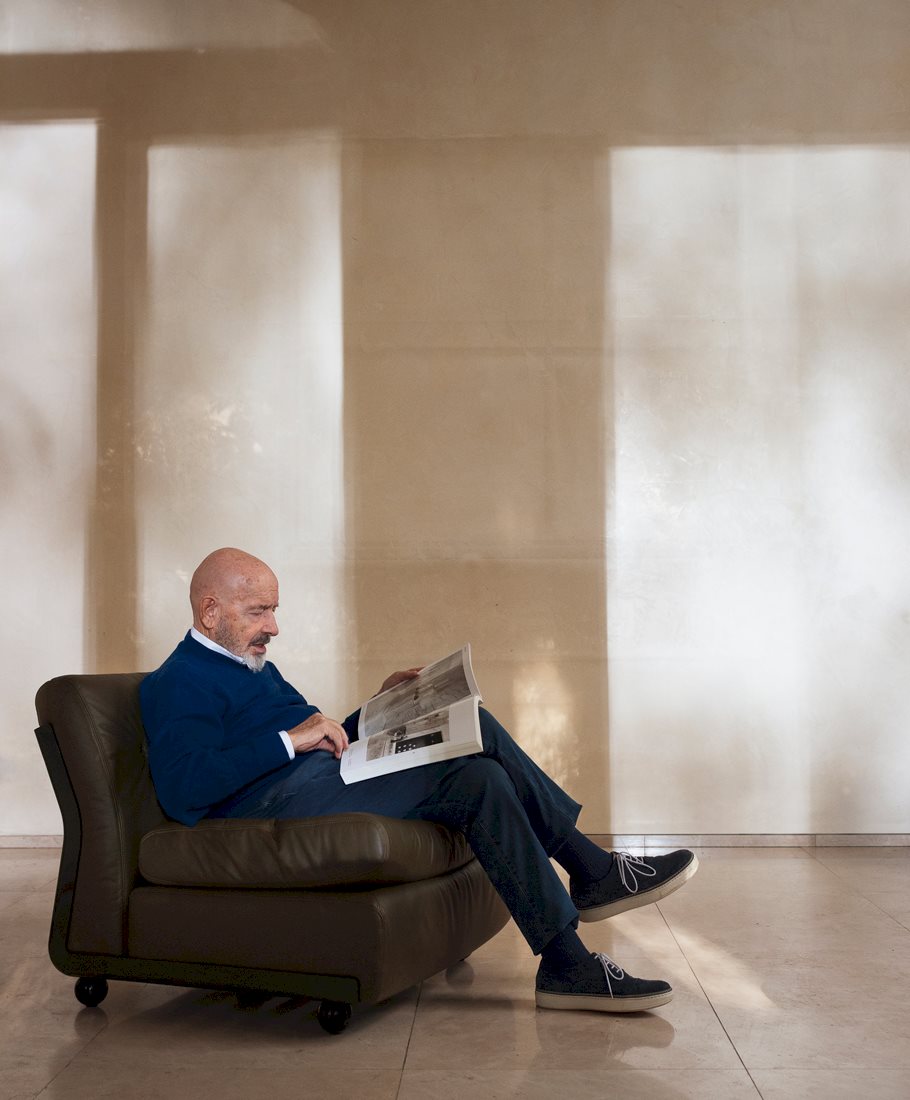
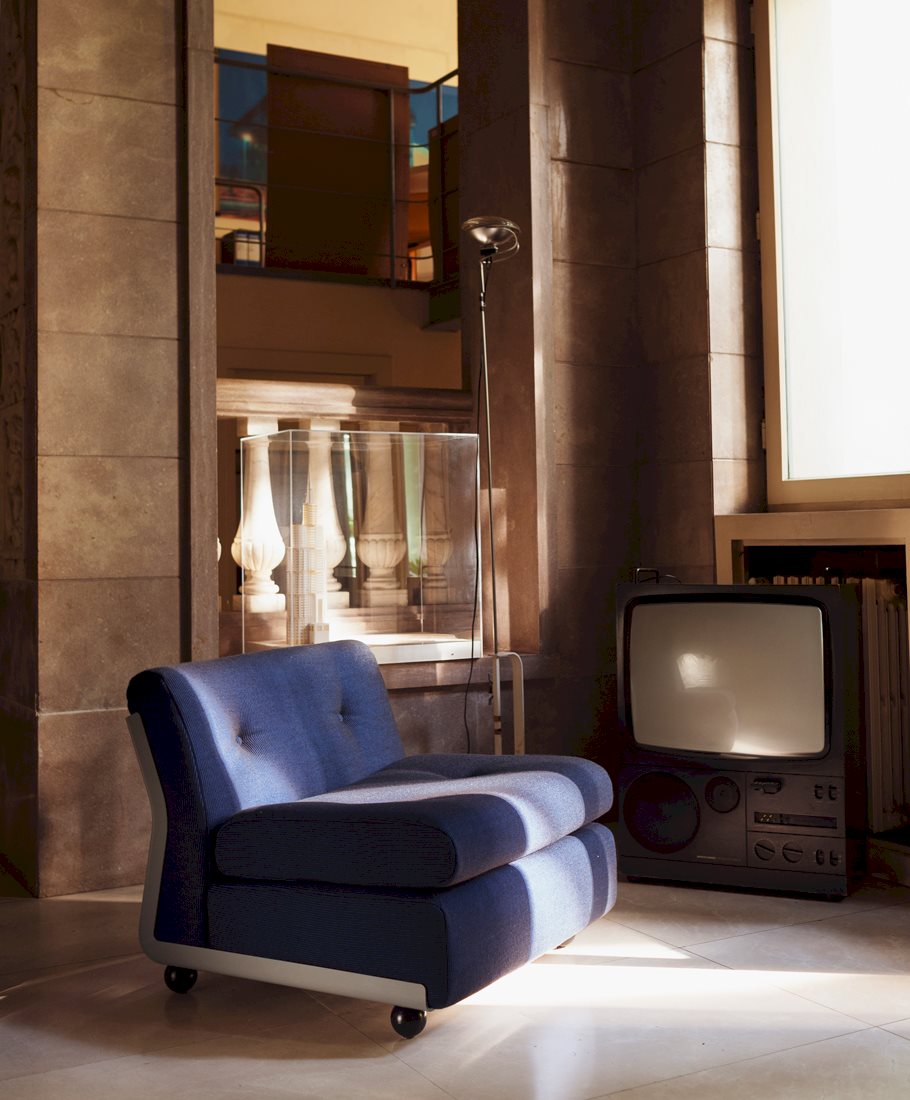
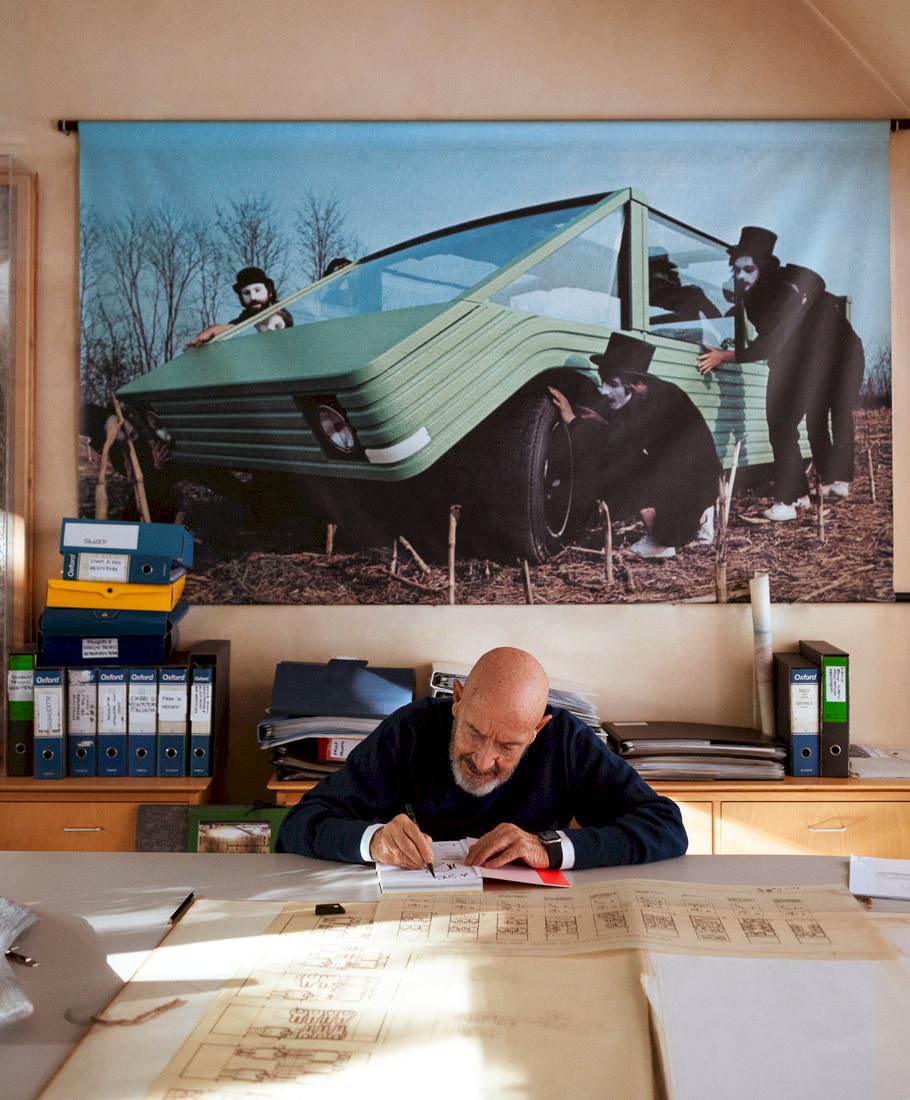
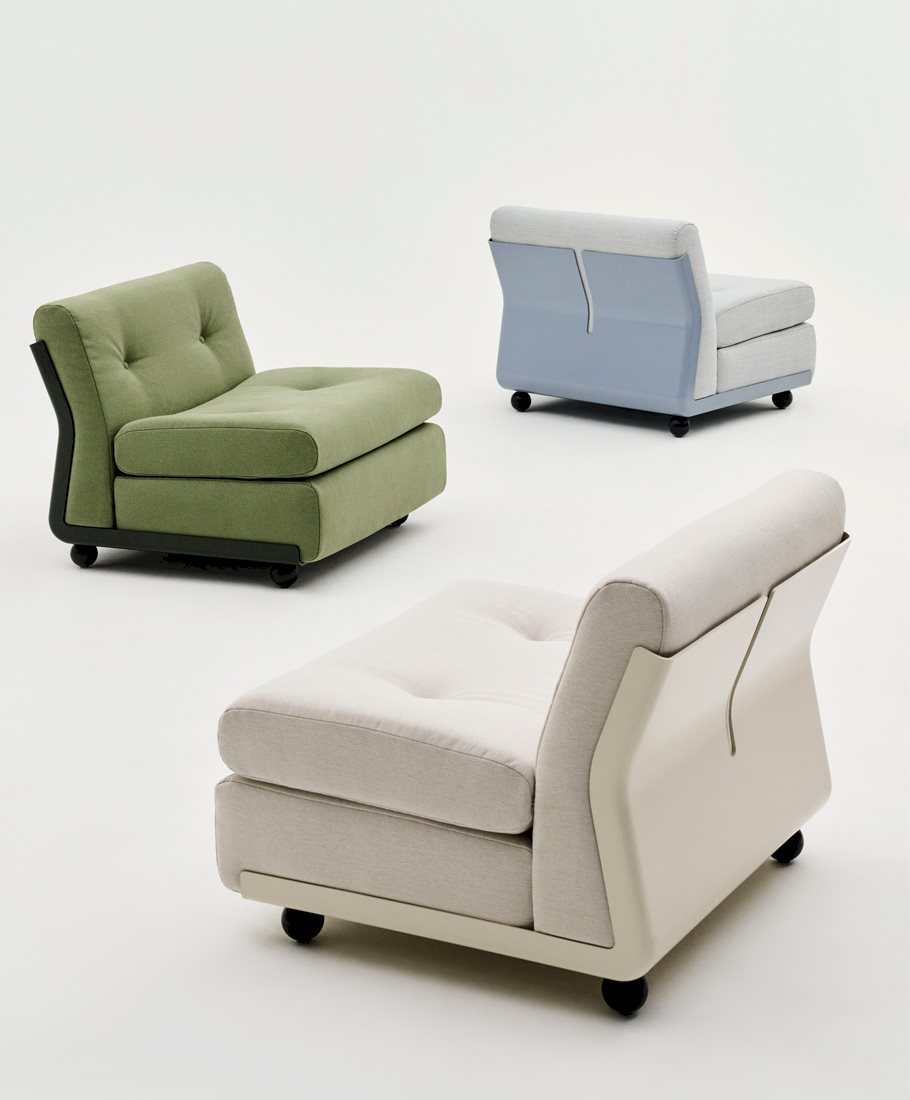
The Cultural Shift: Made in Italy and Beyond
After the golden age of Danish mid-century design, the 1970s saw a cultural pivot. As Sammicheli recounts, Italy’s design scene surged with new energy, fuelled by a ´Made in Italy´ ethos that blended artisanal craftsmanship with industrial innovation.
HAY’s co-founder and Creative Director of Furniture & Lighting Rolf Hay reflects on this pivotal moment: ´After the great achievements of the 1950s and 60s, Danish and Scandinavian design entered a time of uncertainty. In that period, Italian design stepped forward – offering new ideas, new energy, and a fresh understanding of modern life. Mario Bellini was one of the figures who defined that shift.´ It is precisely this heritage that the Amanta embodies: a fusion of tradition, invention, and responsiveness to how we live.
The HAY Reissue: A Modern Continuation
In reissuing the Amanta, HAY honours Bellini’s original vision while updating it for contemporary life. The shell, once fibreglass, is now produced using 99% post-consumer recycled ABS, while the cushions are crafted from 94% bio-balanced foam. HAY’s take on Bellini’s Amanta has been refreshed with new shell colours selected by HAY and a variety of fabric and leather upholstery options. The entire sofa is designed for disassembly, enabling future upkeep and extending its lifespan.
´HAY represents a new idea of European design,´ Sammicheli notes, ´one that merges traditions, prioritises lasting objects, and reshapes how we consume´. This vision aligns with Bellini’s own – a belief that good design should enrich daily life, not simply decorate it.
A Sofa for How We Live Today
In every era, the Amanta remains an invitation: to sit, to gather, to live convivially. Its modularity, its sculptural grace, and its human-centred design make it as vital now as it was at its debut.
´It has become an icon of modern design, carrying the weight of history into contemporary spaces´, Sammicheli says. Through this reissue, HAY preserves a piece of Italian design history and reaffirms a cultural idea: that innovation, craft, and social life belong together, and always will.
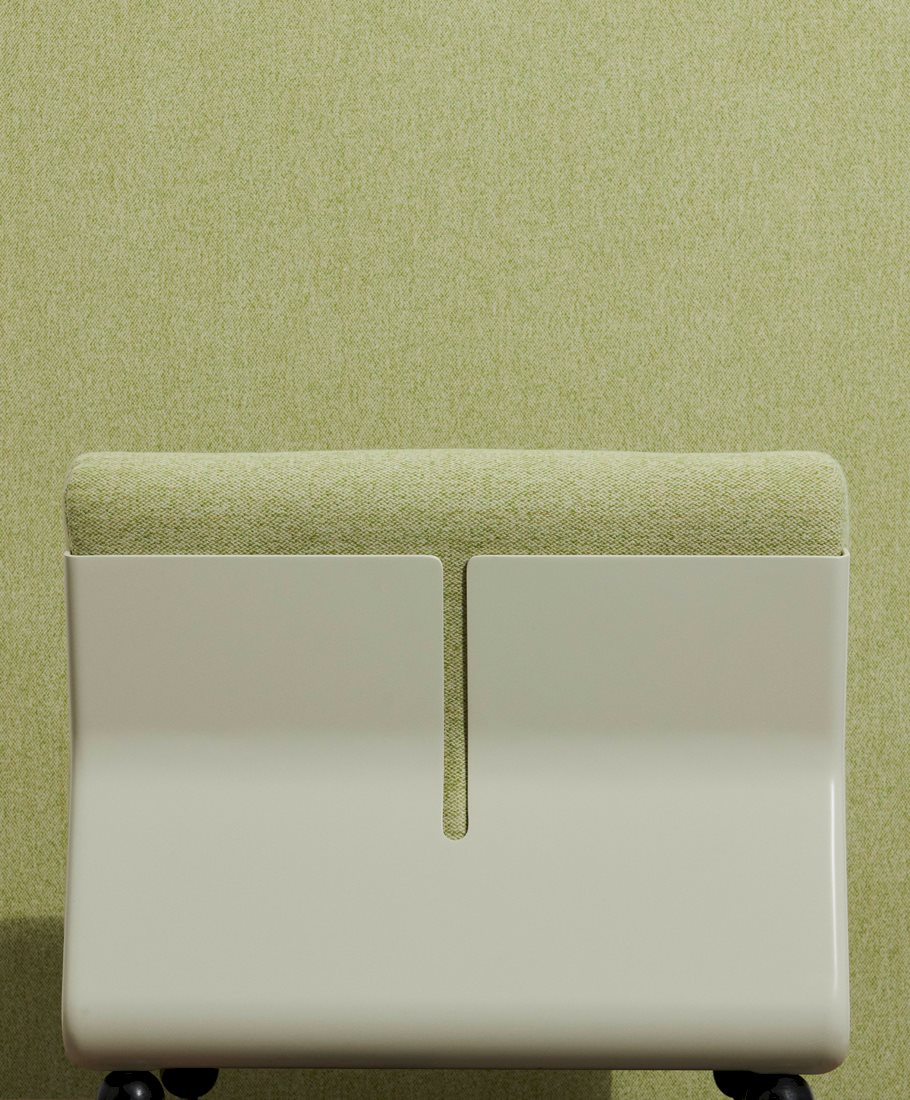
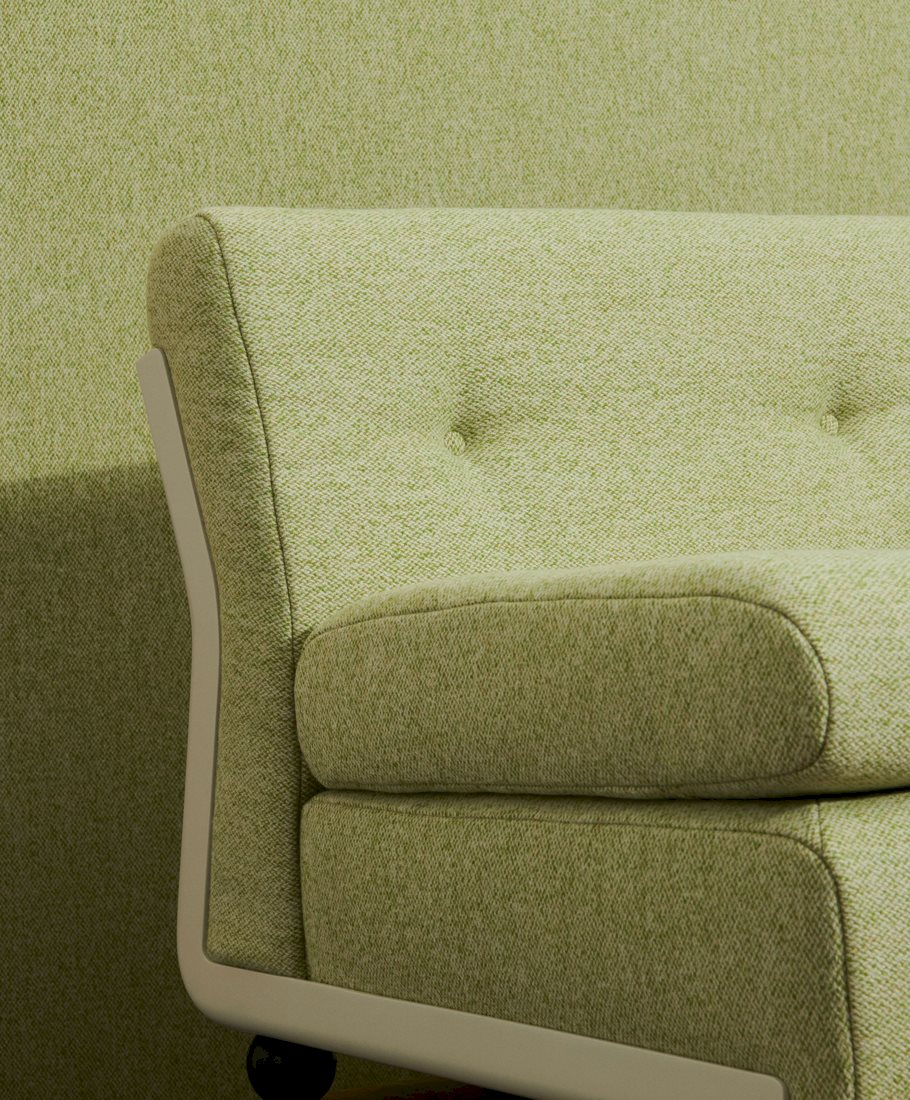
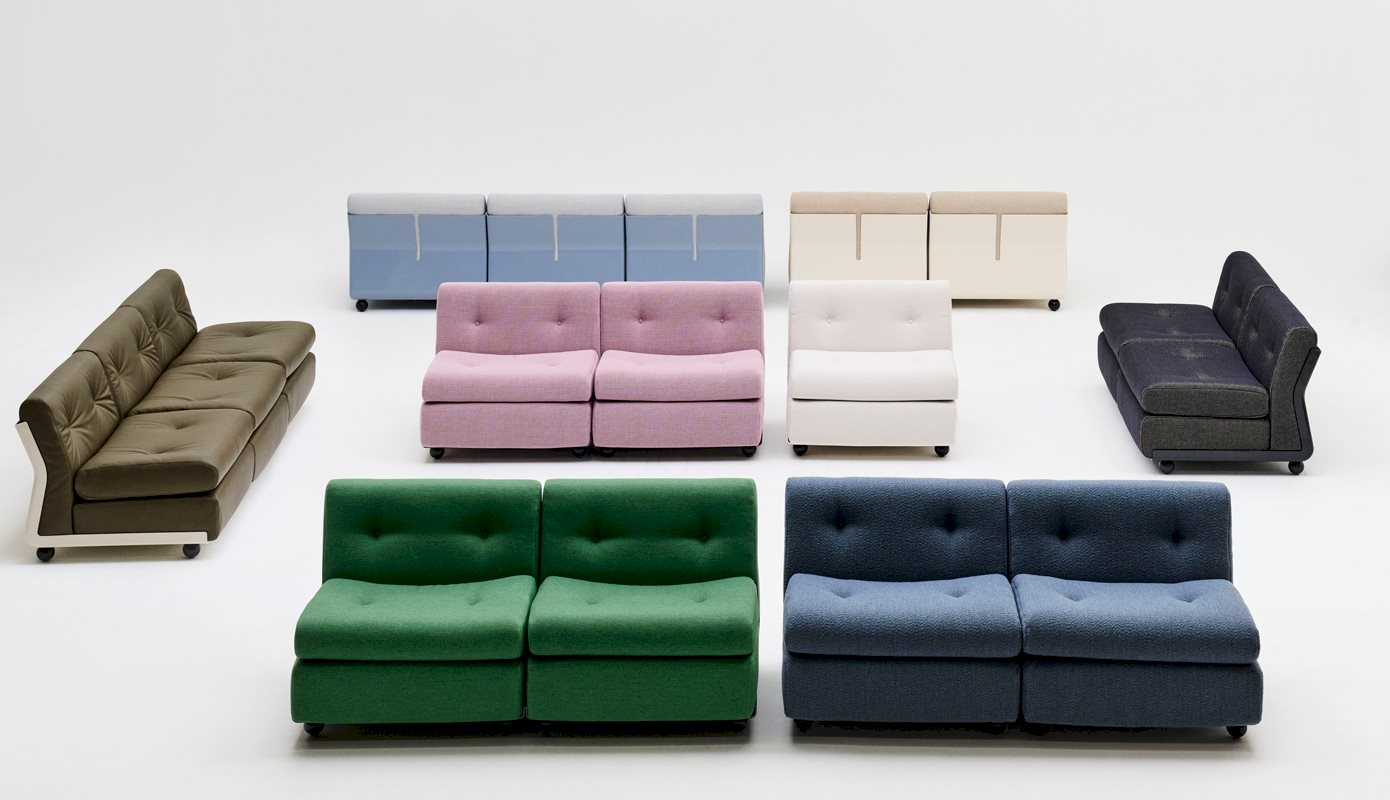
All archive imagery courtesy of Mario Bellini Archive. Archive photography by Alfredo Pratelli and Casali.
